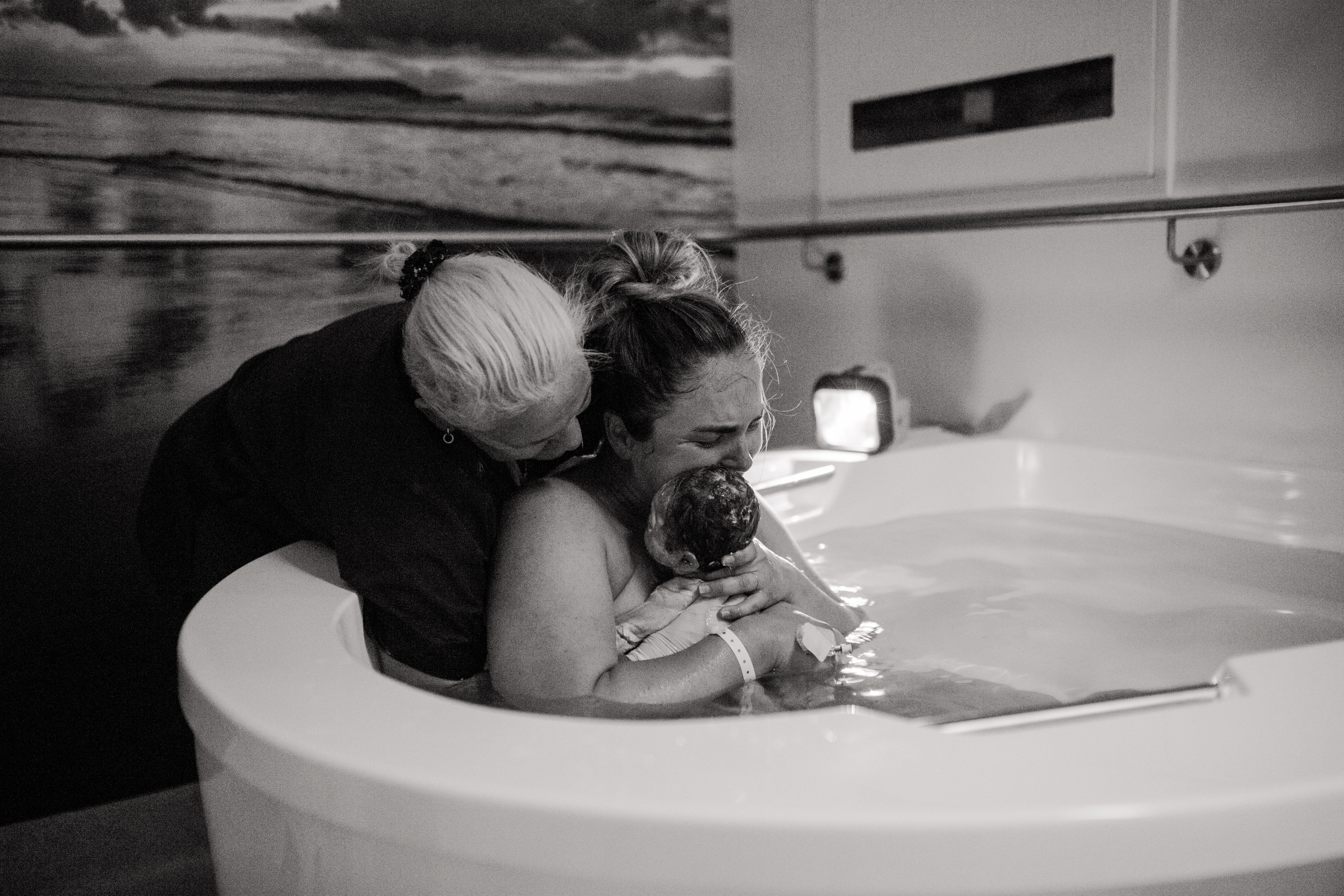 Our Birthing Unit is on Level 2 of Wollongong hospital, in Block C
Our Birthing Unit is on Level 2 of Wollongong hospital, in Block C
If you are over 20 weeks pregnant and you think you are starting labour or need to talk about a pregnancy concern, please call us on
Ph.4222 5270.
You can have your baby at Wollongong Hospital from 32 weeks pregnancy. If you are in labour before 32 weeks, you may be transferred to another hospital, for example to Royal Hospital for Women (Randwick). Sometimes we have to refer women to another hospital for higher level care if concerns arise.
Wollongong Hospital provides planned maternity care as a Level 5 maternity service.
Where are we in Wollongong Hospital?
Please scroll down to video below.
When to call the Birthing Unit
Before coming to the Birth Unit, please call 42225270.
This helps us to plan for your care before you arrive.
A midwife will answer your call and provide you with advice.
Please call the Birth Unit for the following reasons:
• You are in labour or have questions about your labour
• You think your waters have broken
• You are bleeding (more than a show)
• Your baby’s movements have decreased/changed/stopped
• You are experiencing abdominal pain or don’t feel well
Who can come with me to birth?
You may bring a birth partner with you to hospital.
This could be your partner, husband, mother, sister, doula, wife or other person.
Please clarify the number of support people before you arrive by calling Birthing Unit on Ph 4222 5270
If you are not in labour and need to stay overnight, we will ask your support person to go home overnight so everyone can get some rest, then they can return at 8am.
If you go into labour overnight we will call your support person to come back into the Birthing Unit.
What do I bring?
From the 'Having a Baby' booklet (NSW Health)
For you:
• nightdresses or large T-shirts and a dressing gown
• some loose, comfortable day clothes
• comfortable footwear
• several pairs of comfortable underpants
• maternity bras and/or maternity singlets
• breast pads
• toiletries
• sanitary pads – either ‘super’ size or 'maternity' size (you can buy maternity pads in supermarkets)
• something to wear while you’re in labour if you choose to wear clothes – a big T-shirt or an old
nightdress, warm socks
• clothes for you to wear when you’re going home (you won’t be back to your normal shape yet and
may still be in maternity clothes)
• anything you want with you in labour (e.g. music, massage oil, snack food).
For your baby:
• nappies and clothes for the baby to wear
• cleaning products for baby, nappy wipes or cotton wool for baby’s nappy changes and soap or non-detergent wash for baby’s bath
• if you have a long distance to travel, you should also pack a change of clothes for the baby
• baby blanket
• baby capsule in your car
Your partner or birth support person may also need to have a bag ready:
• food and drinks for them during labour, as well as for you. This may include juices or other drinks,
soup, and foods that are easy to heat or ready to eat
• swimmers and towel (if you’re going to a hospital with a large bath, and you want support in the
water while you’re in labour)
• camera
Tour our Birthing Unit
Going home from Birthing Unit
Speak to the midwife looking after you if you plan to go home from the Birthing Unit. You will be required to stay at least 4 hours after birth.
Vaccinations for baby
With your consent, at birth, your baby will receive their Hepatitis B vaccination and Vitamin K injections.
Click here for more information about Hepatitis B vaccine
Click here for more information about the Vitamin K injection
Education Resources
Please click here for ISLHD Resources webpage for pregnancy and after baby is born
Preparing The Nest
https://www.islhd.health.nsw.gov.au/services-clinics/welcome-division-maternity-and-womens-health/childbirth-and-early-parenting
Refer to the NSW Health ‘Having a Baby Book’ for more information
R.E.A.C.H out to us
If you are worried about your care in hospital, REACH out for help.
Please click here for more information
Do you need an Interpreter?
Need an Interpreter? Professional interpreters are available if you need help to communicate with staff. Our staff can also ask for an interpreter. The service is free and confidential. We will book the interpreter for you. You can also call the Translating and Interpreting Service on 131 450 if you need to speak to us before your appointment. Click here for more information about the Illawarra Health Care Interpreter Service.

